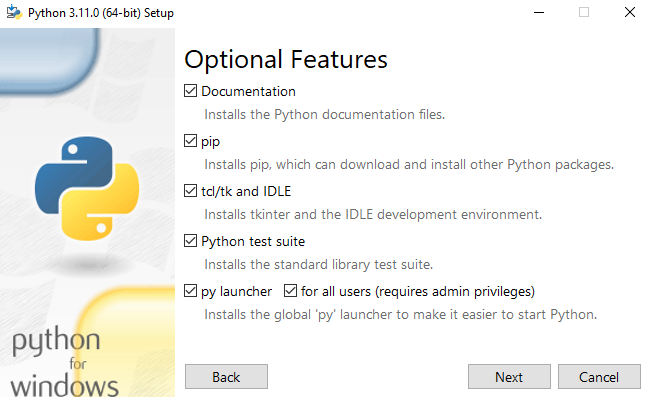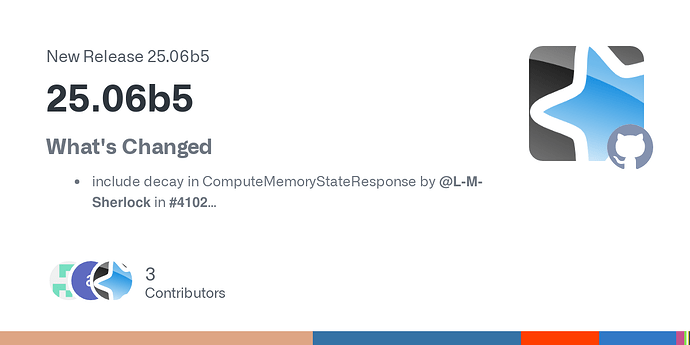Hi, I’m running macOS 15.5 on an Apple Silicon machine. I tried this new installer pre-release version. My thoughts:
1: Installation takes quite some time compared to before. I understand why, but I don’t think this will be appreciated by somebody new to Anki that is used to other software.
2: For me it first opened a terminal and spit out all kinds of information. Fine for me, but again if any other non-technical person from my family/friends would go through this installation process they would be highly sceptical of the software they’re about to use. (For no good reason of course, but that doesn’t change the outcome sadly.)
3: After installation was complete, the Terminal window didn’t close but stayed open. Non-technical users may not know how to close it properly or that they should/can.
4: After installation was complete, Anki was automatically launched. However in the Dock and in the menu bar it does not have an icon and is not named “Anki” but “python”. That looks unfinished.
The application itself seems to work just the same. I only did some of my reviews, but my cards were displayed correctly etc. everything was good.
I hope this post doesn’t come across as too negative, that’s not the intention. Just the things that I thought that if they can be improved, should be improved upon going forward. I know this is an early test ![]()
Also if there in the future is the possibility for an auto-updater that would be great I think. Personally I have no issues doing updates, but I know other people who use very old Anki versions because they are just used to everything auto-updating with zero intervention needed.
Maybe somehow instead of showing the Terminal window there could be a simple GUI with a progress bar? For example if you can take a look at the 1Password installer for macOS the concept is similar: You start the installer .app file and it will show a little window with a progress bar during download and installation with no additional intervention from the user needed, but there’s no Terminal window or any text output (which yes having the text is probably great for debugging if there are any errors during installation, but I don’t think appreciated by most unfortunately).
Edit:
Because people are sharing what they see there in this thread, I see this now as version info. Not sure why they don’t all match?
Version 25.06 (70c6bdf9)
Python 3.9.23 Qt 6.8.1 PyQt 6.8.0


